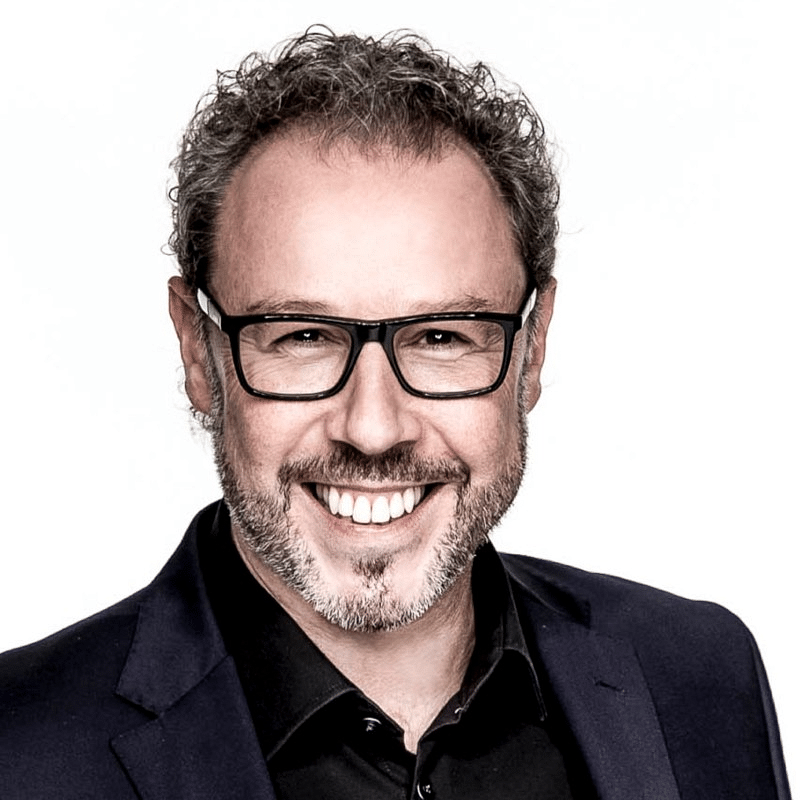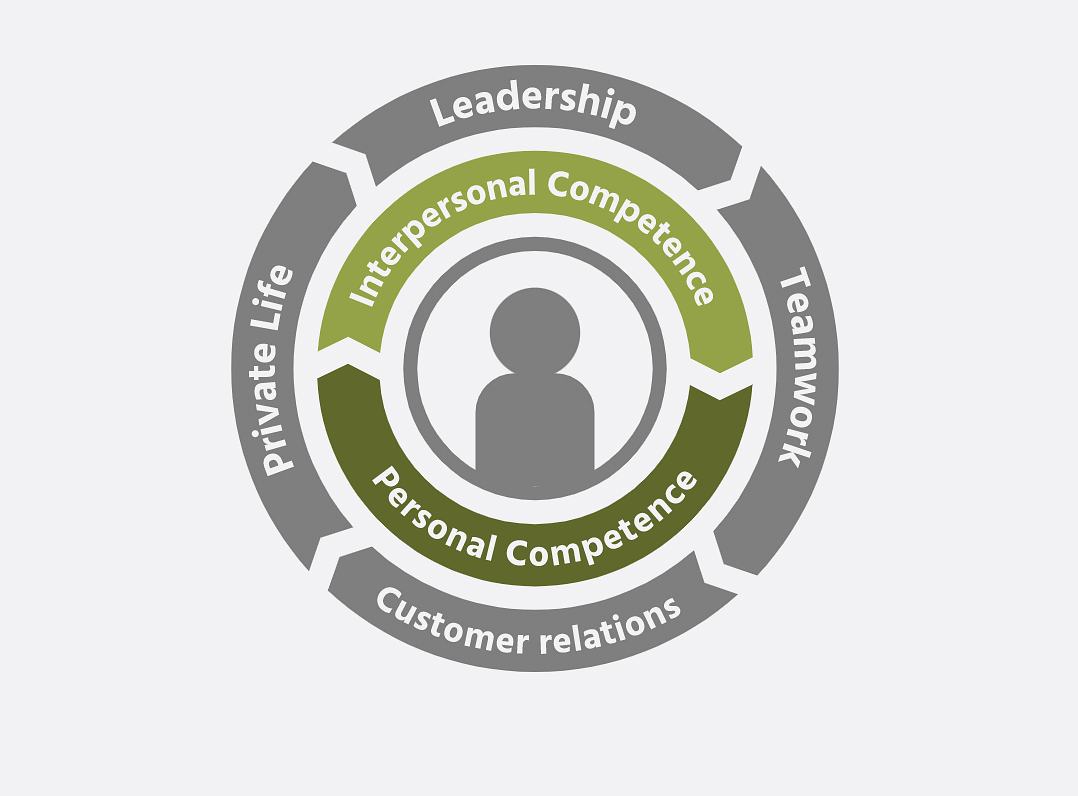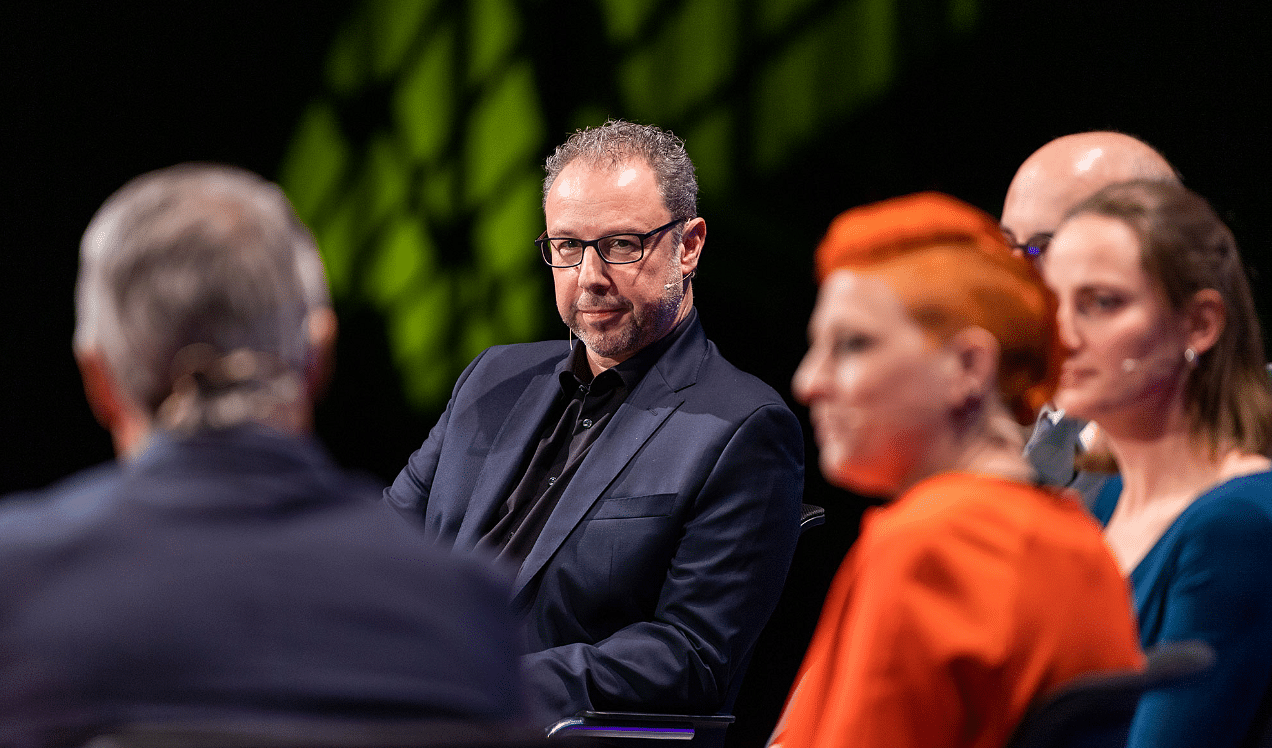
To become a go-to expert, entrepreneurs must narrow down their focus and be authentically themselves.
By Jim James, Host of The UnNoticed Entrepreneur.
Thomas Gelmi is one of the world’s Business-to-Business (B2B) business coaches and of the top coaches to come out of Switzerland.
In the recent episode of The UnNoticed Entrepreneur, he talked about how he built a great personal coaching brand. He’s got global clients, including Siemens and World Trade Organisation (WTO), and he’s managed to conquer some issues about personal branding. He also discussed the scaling and virtualisation of his business and how he built credibility through association.
Image from LinkedIn
Starting from Scratch
Thomas built his brand and got his coaching business noticed from scratch and step by step.
Thirteen years ago, he made his first attempt. He was starting with his first clients and trying to promote his business. Though it was available, social media wasn’t that big at the time. Yet, he was on LinkedIn already.
In almost a shy way, he was trying to make himself visible yet didn’t want to bother people. He didn’t want to overload them with information, and he didn't want to be too much.
Luckily, he started working with a personal branding and marketing agency across the border in Germany. They helped him build not just his business strategy but also his communication strategy. With their help, he went about increasing his visibility in a much more systematic and professional way.
For example, they published public relations (PR) messages on a monthly basis. They were writing blogs and publishing them. They also brought a more systematic approach to serving various social media channels.
They increased the pace and volume, and Thomas started getting positive feedback from his potential clients and contacts. They were saying how valuable the things he’s posting are and how they are happy to read them. That confirmed to him that what he was doing wasn’t too much. And he can maybe even do a bit more.
Image from Thomas Gelmi
Today, all of these have been fully automated. He’s using add-on applications such as Buffer, which acts as a buffer. Whenever he sees an interesting article that could be interesting for his target group, he puts it in Buffer. Then, in the app, he can set a posting schedule. For the time being, it’s publishing three third-party articles a week on LinkedIn.
Every now and then, he also posts something about himself or something he has written. But it’s only a smaller part of it. He’s mostly posting information from Harvard Business Review or other channels.
He does this with the “sharing is caring” mindset. And because he’s posting third-party content, he’s not putting himself directly in the spotlight to say, “Look how great I am.” Because, for many, it can be a turnoff. He provides value through the articles and information he posts and is not doing it in a bragging style.
Positioning his Personal Branding
Thomas made the classic beginner's mistake of wanting to offer everything. He said he could do coaching, training, and team development. Because by offering many different things, he thinks he can reach a bigger potential target audience.
However, it was a mistake. If someone is looking for a person who can do a team development process or workshop, would they rather go looking for someone who also does that, among many other things, or would they be drawn to someone who says they’re the go-to person for team development only?
It was about zooming in, narrowing down, and focusing on a very specific thing. That was one of the success factors behind his personal brand. However, it took him some time to overcome inner resistance because he thought that if he’d only zoomed in on one thing, he might lose or not win potential customers interested in some of the other things he could do.
Image from Thomas Gelmi
To communicate that he’s decided to narrow down and gotten some results, Thomas came up with cases. He talked about concrete successes and aspects of a particular branding strategy and how to put those forward.
He was also zooming in on developing interpersonal competence for his clients — “interPersonal” with a capital “P” in the middle.
What he’s saying with this is that a crucial part of interpersonal skills is personal competence. These two go hand in hand for someone to be able to effectively lead others and collaborate with others or be effectively in touch with their customers.
Wherever entrepreneurs interact with people, the prerequisite for it is that they themselves should be in a good relationship with themselves. They must be authentic and show themselves with true colours for who they are, which requires they’ve done the work on themselves.
This is what’s at the heart of his positioning.
Associating with Major Brands
Thomas has his own area of competence, but he’s also allied himself with some major brands that extend his reach.
The mechanism behind that is that an entrepreneur must look for a brand aligned with their branding. Someone that serves a similar or the same target group and is bigger than them, has more reach, has more visibility, is stronger, and is well-established in the market. Then, they associate themselves with that brand.
In his case, he first did it with Marshall Goldsmith, a top US executive coach. He’s a well-known name and brand in the coaching industry. Thomas got certified and became a Certified Marshall Goldsmith Executive Coach. This was more than ten years ago.
Besides some other values he got from that, the main value was to be granted the right to use Marshall’s brand in association with Thomas’ brand and therefore leverage that visibility. He was associated with a well-known brand in the industry, which increased his visibility and credibility.
One can approach a well-known brand, and a well-known brand can approach someone.
About Marshall, Thomas saw an offering online to become certified as a Marshall Goldsmith coach. And at that time, it didn't even occur to him that he could use the brand to leverage his own brand. It was more of an interest in broadening his repertoire as a coach. It was only later that he became aware that an added value comes from it.
Today, he’s not associating himself with him anymore because it's not necessary. His own brand has become so strong that it would actually blur the clarity of his own brand if he had another strong brand in the same industry as his.
This was when he became a member of the Forbes Coaches Council, a membership that only comes by invitation.
He was approached by Forbes, and he was asked whether he would be interested in joining the council. He felt very honoured, and he eventually said yes. Now, this is the main brand he’s associating himself with in terms of his personal branding strategy.
How He Addressed Scaling Problems via Virtualisation
Image from Freepik
Scaling is a big challenge for many in Thomas’ and other industries.
If he talks to a potential customer interested in working with him and buying his services, of course, it’s him who they’d want to work with. Over the years, this has become the bottleneck for scaling his business because he only has so much capacity. He can increase his rates, but still, there are only so many days in the year and only 24 hours in the day.
Then, the pandemic hit. The pandemic has forced people not only to slow down but also to virtualise many aspects of businesses. Initially, many of his planned programs and workshops were cancelled. Then, he actively approached his clients and asked if they could virtualise.
It worked, and then he completely focused on virtualising his work. Until now, it’s almost fully virtualised; he almost exclusively works virtually with his clients. He has a few days a month when he goes on-site to see clients in person, mostly in Central Europe, but the rest can be done virtually very easily.
In the course of this virtualisation, he also finally did something that he’s been carrying on his mind for many years — and that was to build e-learning.
Thomas isn’t only coaching. He’s also delivering a lot of input and consulting and impulses. He’s giving impulses for people to be inspired and understand how they can lead more effectively and work more effectively with others and their customers.
This pushed him over the edge to finally do it.
Long story short, it gave him the opportunity to tell his customers that though they still got him personally — he delivers all the content, and all his experience is in there — it now comes as a self-service e-learning platform.
It’s combined with some digital one-on-one coaching and some transfer workshops that the cohorts of participants attending his leadership programs go through together. And those transfer workshops and individual coaching can be done by someone else because it's not about giving input anymore but about facilitating the learning process.
All this opened up the stage for scaling.
He uses Thinkific as a platform because it’s state-of-the-art. It’s good and user-friendly.
Image from Thomas Gelmi
Thomas is not promoting or selling online courses or e-learning per se. He’s only promoting and selling “Comprehensive Development Programs”, of which the e-learning part is one aspect. Another crucial aspect is the exchange about the content, the discussion of the takeaways, and the discussion of best practices in practically applying all of that.
And for that, a coach and a facilitator are required. Up to a while ago, it was Thomas only. Now, it’s a team of licensed coaches who support him in that.
To reassure clients, he always personally attends at least the kickoff of such a program. He’s there and present so the participants get a feeling of who he is. They can feel and hear him and sense who he is. And this is a crucial aspect of building trust.
American author Maya Angelou once said, “People will forget what you said. People will forget what you did. But people will never forget how you made them feel.” This is why he’s always still involved with one foot in. He gets to know the people, and they get an experience of him and with him; then he steps back.
For him, giving people an experience is key.
A Word for UnNoticed Entrepreneurs
Thomas has built a great practice over many years with some really big blue-chip brands that would be the envy of many big consulting and training firms. And an overarching tip he can give to unnoticed entrepreneurs is to be themselves.
With all of these strategies and things entrepreneurs can do, the crucial question remains: Who are you while you're doing this?
It’s vital to do the work on themselves and develop their personalities because this will shine through in everything they do. Everything they do, every conversation they have, and every connection and every initial contact they have with anyone will be influenced by that.
Entrepreneurs must be genuine and authentic and show up for who they are. It might take some work, and it might take some courage, but it definitely pays off.
Additionally, Thomas shared that 9 out of 10 new projects he wins come through recommendations. They don't come through social media and other marketing channels. They come through person-to-person recommendations and word of mouth.
Entrepreneurs can just hope for things like that to happen, but hope is not a strategy. They must actively ask happy, pleased, and satisfied customers if anyone would be interested in talking to them. This is called active promotion.
Entrepreneurs must use such clients as their extended sales force, so to speak. However, it does take some courage because there’s always that moment when they might be worried that someone might not give them that positive feedback or recommendation.
Initially, it required him to overcome a bit of inner resistance. Can I really ask for that? Is that ethical? Is it not too much to ask for? But as Thomas’ experience has shown, the answer is no. People are actually happy to help when they have had a good experience with him.
To learn more about Thomas Gelmi, visit https://gelmi.coach/en.
The UnNoticed Entrepreneur podcast is sponsored by Prowly, the all-in-one software for leveraging PR activities. Boost the media relations game for your business - get more coverage while saving time and money on everyday tasks.
This article is based on a transcript from my podcast The UnNoticed Entrepreneur, you can listen here.
Cover image by wayhomestudio on Freepik






